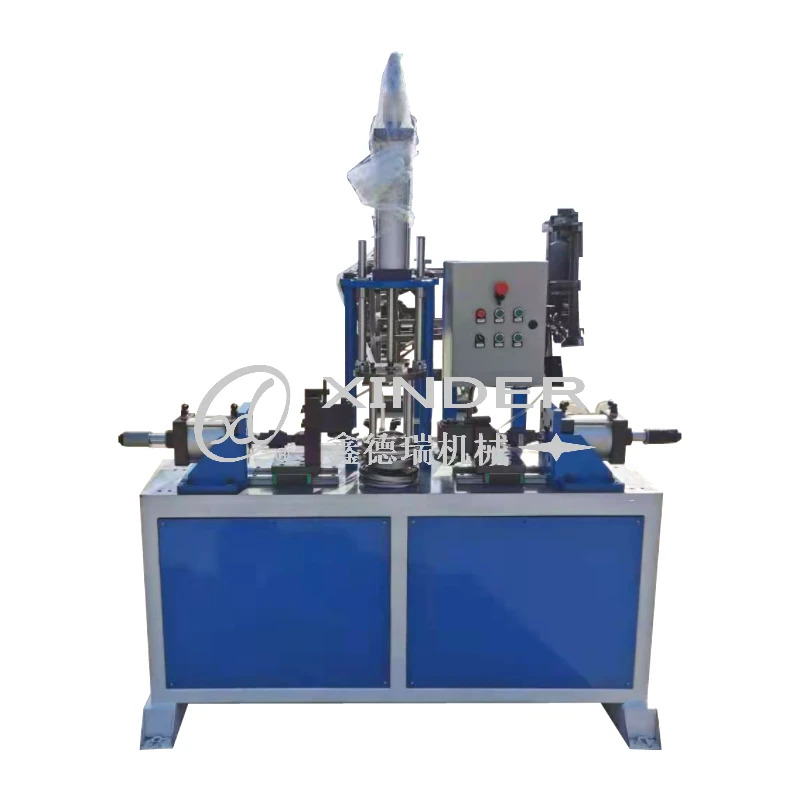-
 8613931787312
8613931787312 -
 Botou Industrial Zone on the east side of National Highway 104, Botou City, Hebei Province
Botou Industrial Zone on the east side of National Highway 104, Botou City, Hebei Province
- Afrikaans
- Albanian
- Amharic
- Arabic
- Armenian
- Azerbaijani
- Basque
- Belarusian
- Bengali
- Bosnian
- Bulgarian
- Catalan
- Cebuano
- Corsican
- Croatian
- Czech
- Danish
- Dutch
- English
- Esperanto
- Estonian
- Finnish
- French
- Frisian
- Galician
- Georgian
- German
- Greek
- Gujarati
- haitian_creole
- hausa
- hawaiian
- Hebrew
- Hindi
- Miao
- Hungarian
- Icelandic
- igbo
- Indonesian
- irish
- Italian
- Japanese
- Javanese
- Kannada
- kazakh
- Khmer
- Rwandese
- Korean
- Kurdish
- Kyrgyz
- Lao
- Latin
- Latvian
- Lithuanian
- Luxembourgish
- Macedonian
- Malgashi
- Malay
- Malayalam
- Maltese
- Maori
- Marathi
- Mongolian
- Myanmar
- Nepali
- Norwegian
- Norwegian
- Occitan
- Pashto
- Persian
- Polish
- Portuguese
- Punjabi
- Romanian
- Russian
- Samoan
- scottish-gaelic
- Serbian
- Sesotho
- Shona
- Sindhi
- Sinhala
- Slovak
- Slovenian
- Somali
- Spanish
- Sundanese
- Swahili
- Swedish
- Tagalog
- Tajik
- Tamil
- Tatar
- Telugu
- Thai
- Turkish
- Turkmen
- Ukrainian
- Urdu
- Uighur
- Uzbek
- Vietnamese
- Welsh
- Bantu
- Yiddish
- Yoruba
- Zulu
Circumferential Seam Welding Machines Precision & Durability
- Overview of circumferential seam welding
technology - Technical advantages and performance metrics
- Comparative analysis of leading equipment manufacturers
- Customized solutions for industrial applications
- Case studies across key industries
- Operational best practices
- Future trends in seam welding innovation

(circumferential seam welding)
The Precision of Circumferential Seam Welding in Modern Fabrication
Circumferential seam welding has become indispensable for creating leak-proof, high-strength joints in cylindrical components. Advanced circular seam welding machines achieve rotational accuracy within ±0.02°, enabling consistent weld quality for diameters ranging from 15mm to 3.2m. The process delivers 98.6% joint efficiency in stainless steel applications, surpassing traditional welding methods by 22-35% in structural integrity.
Technical Superiority in Seam Welding Systems
Modern seam welding equipment incorporates adaptive current control (ACC) technology that reduces energy consumption by 18% while maintaining 0.15-0.3mm weld penetration consistency. Key performance metrics include:
- Maximum rotation speed: 45 RPM (±0.5% variance)
- Axial force range: 200-12,000N (programmable in 5N increments)
- Temperature stability: ±5°C across 8-hour operations
Manufacturer Comparison: Capabilities and Specifications
| Parameter | WeldMaster Pro-X | RotarySeam 3000 | CircuLink C9 |
|---|---|---|---|
| Max Workpiece Diameter | 2.4m | 1.8m | 3.1m |
| Cycle Time Reduction | 38% | 27% | 41% |
| Material Compatibility | 12 alloys | 9 alloys | 16 alloys |
Application-Specific Configuration Options
Modular seam welding systems now support:
- Automated electrode dressing systems (reduces downtime by 65%)
- Multi-axis positioning heads for complex geometries
- Real-time quality monitoring with AI-powered defect detection
Industry-Specific Implementation Scenarios
Aerospace manufacturers report 0.012mm/mm distortion rates when welding titanium fuel tanks, compared to 0.03mm/mm with conventional methods. Automotive battery casing production achieves 99.1% first-pass yield using servo-controlled seam welders.
Optimizing Welding Process Parameters
Field data shows optimal results occur at 12-18kA current range with 0.6-1.2m/min travel speed. Post-weld heat treatment integration reduces residual stresses by 42% when maintaining 650-700°C for 90-120 minutes.
Why Circumferential Seam Welding Remains a Manufacturing Staple
With 78% of pressure vessel manufacturers adopting automated circular seam welding machines, the technology continues to dominate critical joining applications. Emerging hybrid systems combine laser-assisted heating with traditional resistance welding, achieving 0.08mm positional repeatability for micro-scale components.

(circumferential seam welding)
FAQS on circumferential seam welding
Q: What is circumferential seam welding used for?
A: Circumferential seam welding is a process used to join cylindrical or curved metal components, such as pipes or tanks, by creating a continuous weld around their circumference. It ensures leak-proof and structurally sound joints in applications requiring uniform strength.
Q: How does a circular seam welding machine work?
A: A circular seam welding machine uses rotating electrodes to apply pressure and electrical current to overlapping metal edges. This creates a series of overlapping spot welds, forming a continuous, sealed seam around cylindrical workpieces.
Q: What are the advantages of seam welding equipment?
A: Seam welding equipment provides high-speed, consistent welds with minimal distortion. It is ideal for mass production of hermetic seals in automotive, aerospace, and industrial manufacturing, reducing manual labor and improving precision.
Q: What materials can be welded with circumferential seam welding?
A: Circumferential seam welding is suitable for metals like steel, stainless steel, aluminum, and their alloys. Material thickness and conductivity determine the machine settings, ensuring optimal weld quality and penetration.
Q: How to maintain a circular seam welding machine?
A: Regular maintenance includes cleaning electrodes, checking alignment, and lubricating moving parts. Periodic calibration of pressure and current settings ensures consistent performance and extends the equipment's lifespan.
-
Understanding Automatic Seam Welding Machines: A Game Changer in Welding TechnologyNewsJul.18,2025
-
Revolutionizing Packaging: The Role of Welding Machines in Steel and Tin Can ManufacturingNewsJul.18,2025
-
Precision in Motion: Exploring Seam Welding Machines for Industrial FabricationNewsJul.18,2025
-
Mastering Precision Bending: A Guide to Tube Benders and Their TypesNewsJul.18,2025
-
Inside the World of Barrel Manufacturing: Machines, Lines, and CostsNewsJul.18,2025
-
Exploring the Technology Behind Elbow Bending Machines in Pipe ManufacturingNewsJul.18,2025
-
Unlocking the Power of Light: Exploring Modern Laser Welding SolutionsNewsJul.15,2025
-
 Pneumatic Handle Welding MachineSep . 13, 2024
Pneumatic Handle Welding MachineSep . 13, 2024 -
 Fully Automatic Kaiping Production LineOct . 17, 2024
Fully Automatic Kaiping Production LineOct . 17, 2024 -
 Fully Automatic Metal Bucket Lifting HeadphonesSep . 14, 2024
Fully Automatic Metal Bucket Lifting HeadphonesSep . 14, 2024

